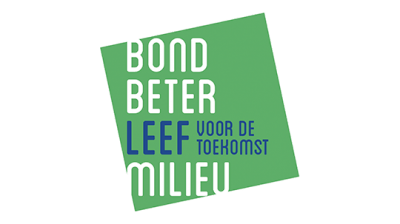Circular concrete: towards a concrete agreement for Flanders
Ambition text with roadmap to more sustainable concrete
There is an increasing demand for circular concrete. That is, for example, concrete with recycled aggregates or alternative binders. The number of companies offering such innovative concrete is growing steadily, yet the big wave of circular concrete projects is still not happening. Two of the system bottlenecks are the lack of sufficient available high-quality concrete aggregates and the reluctance to prescribe circular concrete in tenders and tender documents.
Together with the project partners, Groen Beton Vert wants to remedy this problem through a systematic top-down approach that aims to engage all relevant parties at the Flemish level. By analogy with the Dutch Concrete Agreement, we want to chart a joint ambitious path towards the future.
In co-creation with all stakeholders, we formulate answers to the following major bottlenecks: insufficient integration of sustainable solutions in tenders, the lack of trust and proper chain operation and a shortage of high-quality aggregates. The various project partners are also developing instruments to translate their commitment into concrete results on a technical level (e.g. type specifications for demolition and concrete works) and on a policy level (e.g. incentives).
Key results |
Key lessons learned |
|
|
What will the future bring?
The work is not finished. Follow-up and further resonance are necessary to make the Flemish Concrete Agreement a real success story and broaden the application of circular concrete. The agreement will be included in the Living Lab Circular Concrete for three years. In that project, among other things, the stated ambitions will be monitored and signatories will be motivated to continue working towards more circular concrete.
Groen Beton Vert vzw
Partners WTCB, Federatie van Producenten van Recycling Granulaten (FPRG vzw), Confederatie van aannemers van sloop- en ontmantelingswerken (CASO), Fedbeton en Vlaamse Confederatie Bouw
Topics Recycling & Reuse › Selective demolition › Levers: Legal › Circular materials and building systems ›
















